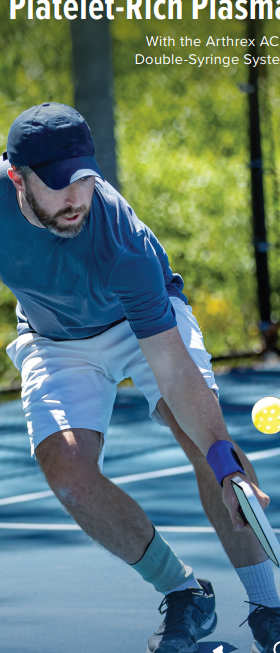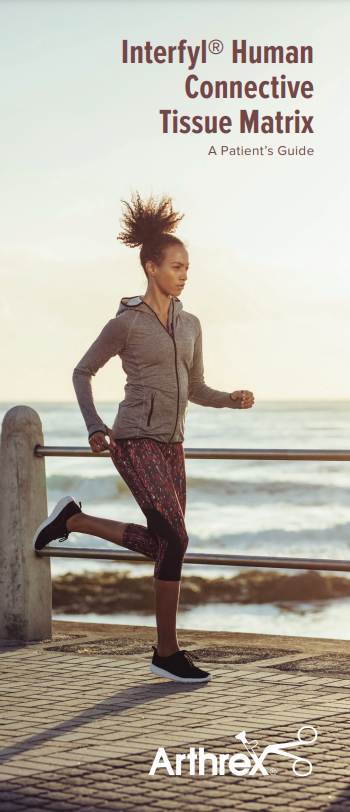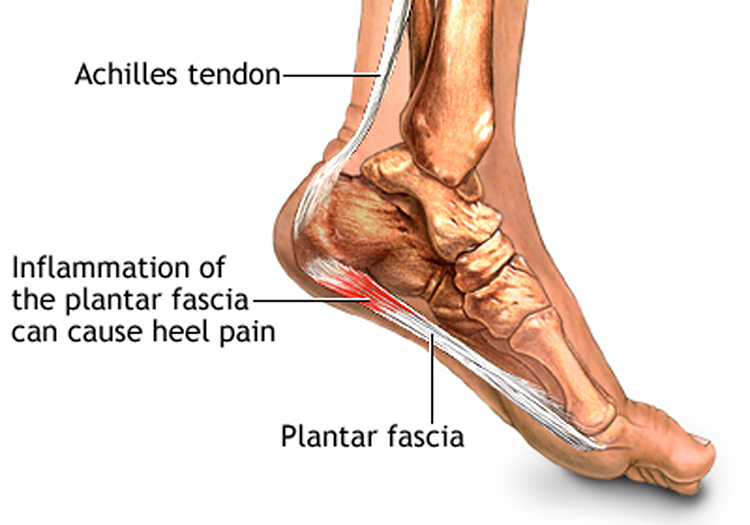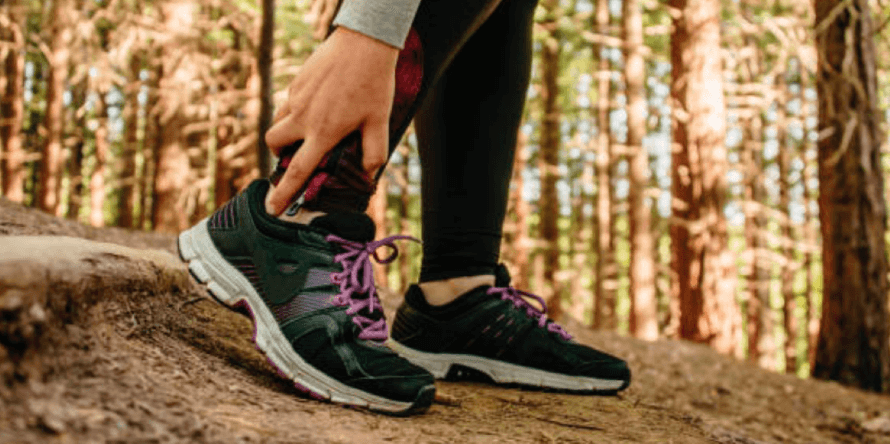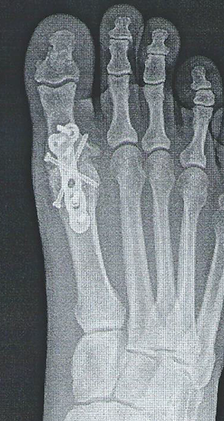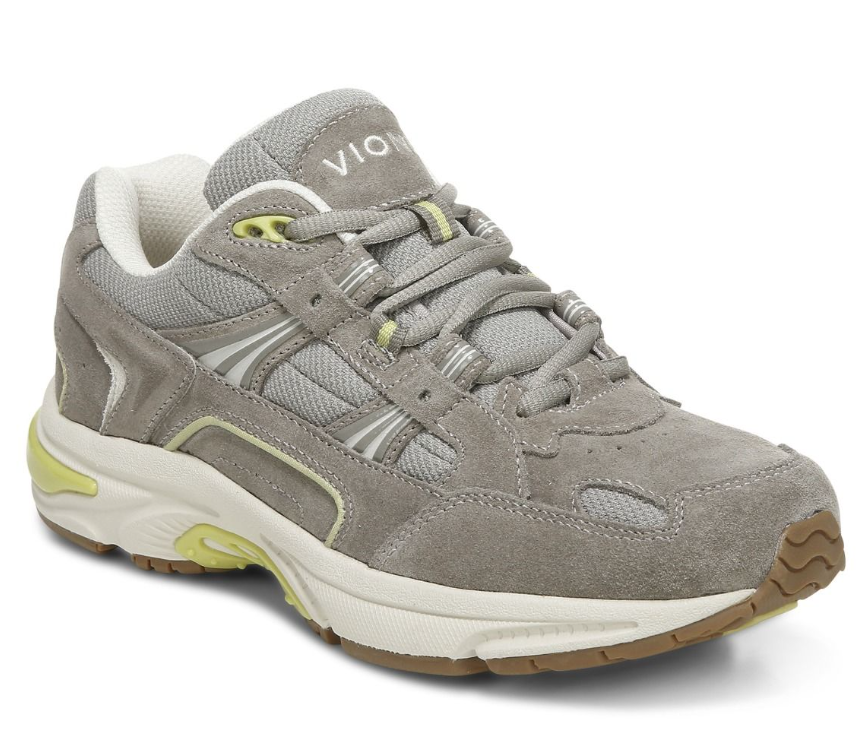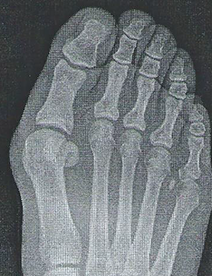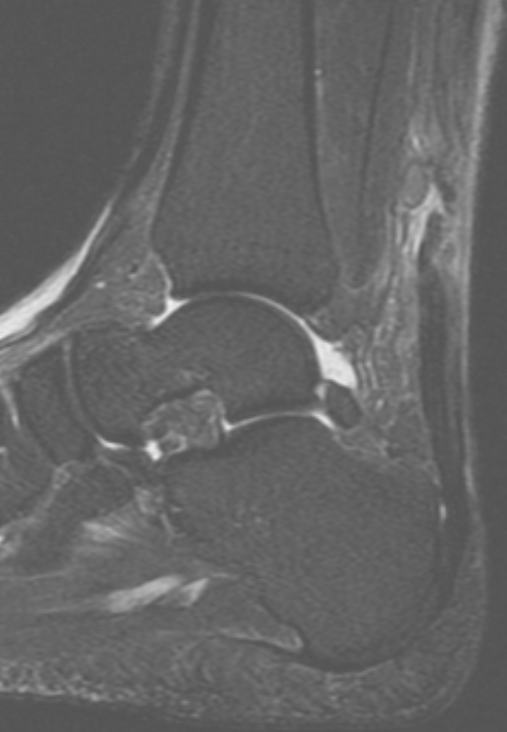Pickleball has been rapidly growing in popularity due to it’s fun and low-impact way to stay active. As with any physical activity, injuries can occur, particularly in the feet and ankles, which are crucial for maintaining balance and agility during quick movements on the court. Understanding common injuries and how to prevent them can help you stay in the game longer and safer.
Ankle Sprains

Ankle sprains are among the most common injuries in pickleball. These occur when the ligaments in the ankle stretch or tear, usually as a result of twisting or turning quickly during a fast-paced rally. The quick side-to-side movements required by pickleball can easily lead to an ankle sprain.
Symptoms: Pain, swelling, bruising, and difficulty walking.
Prevention:
- Strengthen your ankle muscles with exercises that improve stability.
- Wear proper footwear with ankle support.
- Practice good footwork, avoiding sudden or awkward movements.
- Warm up properly before playing.
Achilles Tendonitis/Rupture
The Achilles tendon, which connects the calf muscles to the heel bone, is heavily involved in pickleball, especially during sprinting and jumping. Repetitive stress or overuse of this tendon can lead to Achilles tendonitis, an inflammation that causes pain at the back of the heel.
Symptoms: Pain or stiffness in the back of the ankle, especially in the morning or after activity.
Prevention:
- Stretch and strengthen the calf muscles.
- Gradually increase your playtime to avoid overuse.
- Make sure your shoes provide proper cushioning and support for your Achilles.
Plantar Fasciitis
Plantar fasciitis occurs when the tissue that runs along the bottom of your foot (the plantar fascia) becomes inflamed, often from overuse or strain. In pickleball, rapid pivots and high-impact movements can contribute to the condition, leading to heel pain.

Symptoms: Sharp pain in the bottom of the foot, especially when getting out of bed in the morning.
Prevention:
- Stretch the calves and the bottom of the feet regularly.
- Wear shoes with good arch support.
- Avoid excessive high-impact activity without rest.
Stress Fractures
Stress fractures in the feet or ankles can occur in pickleball players, particularly those who play regularly without proper recovery. These tiny cracks in the bone typically result from repetitive stress or overuse. Common areas for stress fractures are the metatarsals (the bones in the middle of the foot).
Symptoms: Pain that worsens with activity, swelling, and tenderness to touch.
Prevention:
- Take breaks to allow your feet time to recover.
- Ensure proper footwear that offers both cushioning and support.
- Build up your playing time gradually to avoid overloading the bones.
Bunions

Bunions, which are bumps on the joint at the base of the big toe, can become irritated or aggravated during pickleball due to the quick direction changes and pressure from shoes that don’t fit properly. If left unaddressed, they can lead to pain and inflammation.
Symptoms: Pain around the joint, swelling, redness, and a visible bump at the base of the big toe.
Prevention:
- Wear shoes with a wide toe box and adequate support.
- Avoid tight-fitting shoes that squeeze the toes together.
- Use orthotics if necessary to relieve pressure on the toes.
Tendon Strains
Tendon strains, where the muscles or tendons are overstretched or torn, can also occur during pickleball. They often happen when players make sudden moves or when their bodies are not adequately conditioned for the activity.
Symptoms: Pain, swelling, difficulty moving the affected area, and muscle weakness.
Prevention:
- Incorporate strength training and flexibility exercises into your routine.
- Always warm up before playing, focusing on the calves, ankles, and feet.
- Listen to your body and rest when necessary to avoid overuse injuries.
Conclusion
Pickleball is a fantastic sport for staying active and social, but it’s important to be mindful of potential foot and ankle injuries. By wearing the right shoes, warming up properly, strengthening the relevant muscles, and listening to your body, you can minimize the risk of injury and continue enjoying the game.
If you do experience any pain or discomfort, contact our office to be evaluated by one of our doctors.
Stay safe and have fun on the court!
Frequently Asked Questions
Our doctors can give recommendations on specific models base on your foot type. Wearing sport specific shoes is critical!
Our doctors may recommend an over-the-counter or custom orthotic. This depends on your foot type and symptoms you may be experiencing.
Generally, icing any symptomatic area after pickleball is encouraged.
Ankle braces can provide additional support especially with activities that require quick side-to-side movements.
The simplest and most effective exercise is to write the alphabet out with your foot. Schedule an appointment with our doctors to learn other beneficial exercises!


